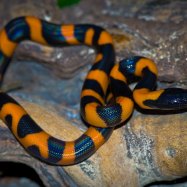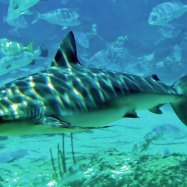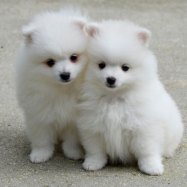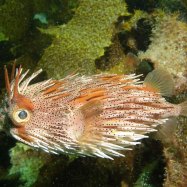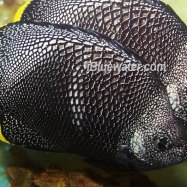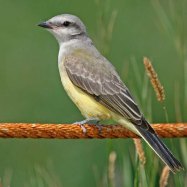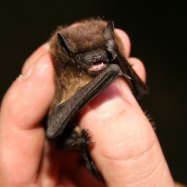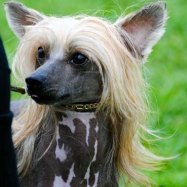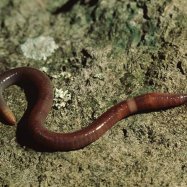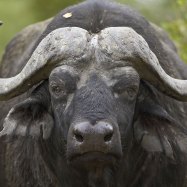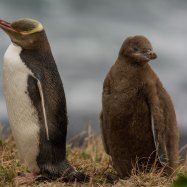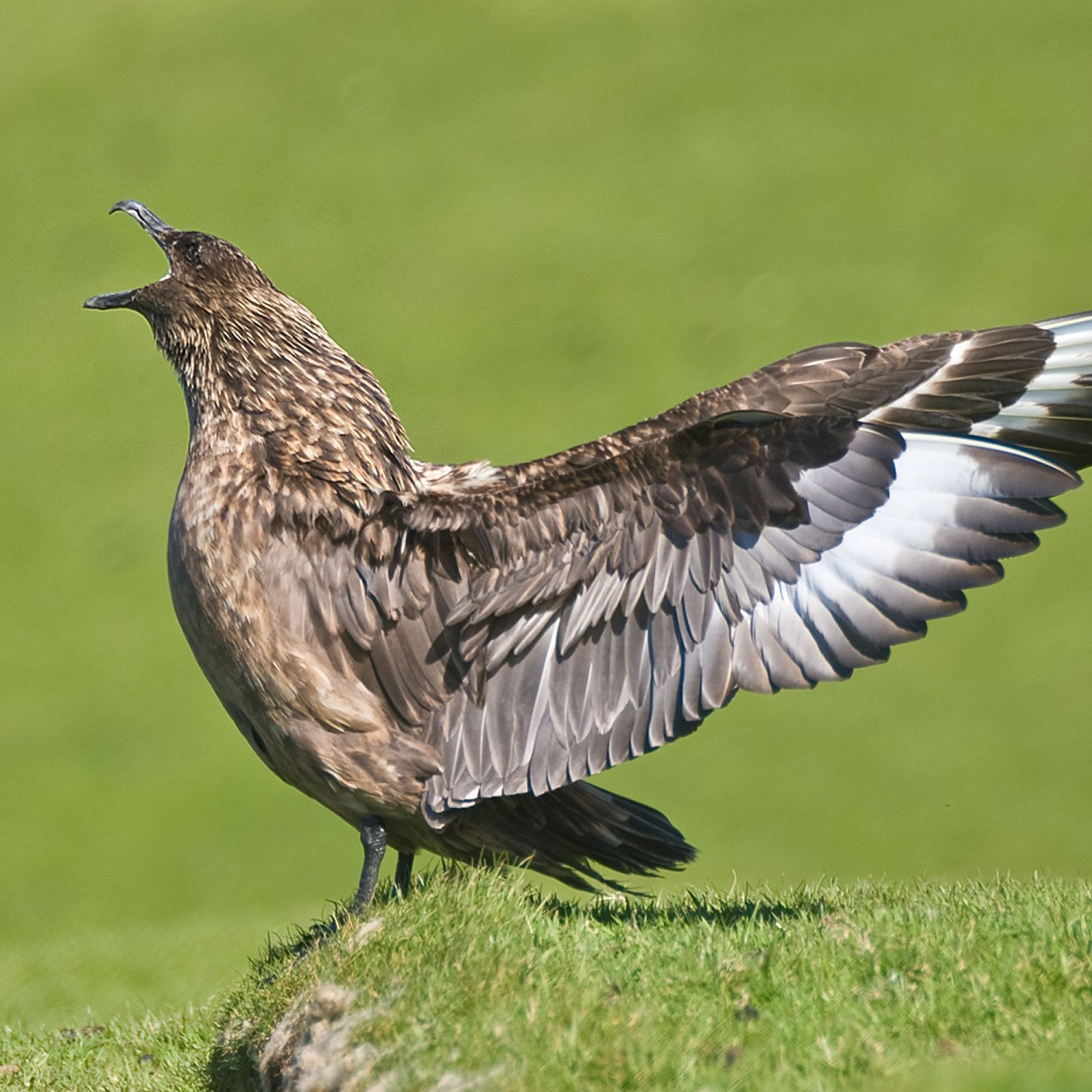
Skua
45-63 cm
Looking to spot a skua during your next outdoor adventure? These medium to large-sized birds, known for their streamlined bodies, can be found around the world in locations ranging from Arctic tundras to coastal cliffs. Keep an eye out for these members of the Stercorariidae family, with their distinct colors and impressive lengths of 45-63 cm. Happy bird watching! #skua #birdwatching #outdooradventures
Animal Details Summary:
Common Name: Skua
Kingdom: Animalia
Habitat: Coastlines, oceans, tundra
The Fierce and Fearless Skua: A Master of the Arctic and Antarctic Oceans
When one thinks of the Arctic and Antarctic regions, images of pristine frozen landscapes and adorable polar bears often come to mind. But there is another creature that calls these regions home, one that is often overlooked but is just as fascinating and formidable as the polar bear. That creature is the Skua, a bird of prey that has mastered the art of survival in the harshest of environments.Scientifically known as Stercorarius, Skuas belong to the order Charadriiformes, along with other seabirds such as gulls, plovers, and terns Skua. They are a part of the family Stercorariidae, which consists of seven species of Skuas. These birds can be found in coastal regions, oceans, and tundra habitats, making them highly adaptable creatures.
But don't let their small size fool you, Skuas are carnivores and are known for their fierce hunting abilities. They feed on a range of prey including fish, invertebrates, and even other seabirds. Their feeding method involves stealing food from other birds, a behavior known as kleptoparasitism. They are also skilled hunters, using their sharp talons and strong beak to catch prey.
Skuas have a unique geographical distribution, with some species found in the Arctic, some in the Antarctic, and some in coastal regions. The country of origin and specific location of each species also varies, making them even more interesting to study and observe.
Despite their diverse habitats and geographical locations, Skuas share some common physical characteristics Scarlet Macaw. They have a medium to large-sized, streamlined body, which allows them to traverse the air and water with ease. Their body length ranges from 45-63cm, and they can weigh between 800-1900 grams.
One of the most intriguing features of Skuas is their distinct coloration, which varies depending on the species. Some have dark brown or black feathers, while others have white and gray feathers with bold black markings. These colorations help them blend into their surroundings and make them more efficient hunters.
Due to their unique adaptability and fascinating behaviors, Skuas have become a subject of interest for scientists and researchers studying animal behavior and ecology. In this article, we will delve deeper into the life of these remarkable birds and discover what makes them true masters of the Arctic and Antarctic oceans.
Evolution and Taxonomy
Skuas have a long and evolutionary history, tracing their origins back to at least 30 million years ago. They are believed to have evolved from a group of shorebirds and have developed into a distinct lineage within the order Charadriiformes.Their scientific name, Stercorarius, comes from the Latin word "stercor," which means manure or dung. This name was given to these birds because of their habit of scavenging for food and stealing from other birds. This behavior earned them the nickname "pirates of the sea."
The family Stercorariidae consists of seven species of Skuas, with some only found in the Arctic, some only in the Antarctic, and some in both regions. The four species found in the Arctic are the Great Skua, Pomarine Skua, Parasitic Skua, and Long-tailed Skua. The three species found in the Antarctic are the Brown Skua, South Polar Skua, and Chilean Skua.
Habitat and Distribution
Skuas have a diverse range of habitats, including coastlines, oceans, and tundra. They are most commonly found in the Arctic and Antarctic regions, where they breed and raise their young. However, their migratory habits and adaptable nature allow them to travel to different habitats throughout the year.The exact country of origin and specific location of each species varies, but they can be found in different regions of the world. For example, the Great Skua is mostly found in the North Atlantic, while the South Polar Skua can be found in regions of the Southern Hemisphere.
Physical Characteristics
As mentioned earlier, Skuas have a medium to large-sized, streamlined body. They have a wingspan of approximately 120-135cm, which allows them to soar through the air with ease. This wingspan also helps them dive into the water to catch prey.Their body length ranges from 45-63cm, with males being slightly larger than females. Their body weight can vary from 800-1900 grams, again with males being slightly heavier than females.
One of the most striking features of Skuas is their coloration, which varies depending on the species. The Great Skua has dark brown feathers, while the Brown Skua has a mostly white body with brown markings. These colorations help them blend into their surroundings and avoid detection by predators or potential prey.
Another unique physical characteristic of Skuas is their hooked beak, which is used for catching and killing prey. Their talons are also sharp and powerful, making them highly skilled hunters.
Behavior and Feeding Habits
Skuas are intelligent birds with complex behaviors and hunting strategies. They are opportunistic feeders and will eat a variety of prey, including fish, invertebrates, and other seabirds. However, they are also known for their kleptoparasitic hunting technique, where they steal food from other birds.This behavior is most commonly observed during the breeding season, when competition for food is high. Skuas have been known to intimidate and chase off other seabirds, such as puffins, to steal their catch. They also hunt cooperatively, with a group of Skuas working together to catch larger prey.
During the winter months, Skuas migrate to warmer regions or open water where they can find food. Some species, such as the Great Skua, have been observed following fishing boats in search of food. They can also be seen scavenging for food on beaches and along the coast.
Skuas are also highly territorial birds and will defend their breeding grounds vigorously. They build nests on the ground and lay one to three eggs, which are incubated for approximately three weeks. Once the chicks hatch, they are fiercely protected and fed by their parents until they are old enough to hunt on their own.
Conservation Status and Threats
Skuas are classified as least concern on the IUCN Red List, with stable populations in most regions. However, some species, such as the Antarctic Skuas, are facing declines due to the impacts of climate change on their breeding grounds.Climate change has led to changes in the availability of prey and has also affected the timing and success of breeding. This, coupled with human disturbance on their breeding grounds, has resulted in declines in some populations.
Some Skuas are also facing threats from overfishing, which reduces the availability of prey and can result in starvation. Plastic pollution in the ocean is another significant threat for these birds, as they often mistake plastic items for food.
In Conclusion
In conclusion, Skuas are remarkable birds with unique evolutionary histories, diverse habitats, and fascinating behaviors. They have mastered the art of survival in the harsh environments of the Arctic and Antarctic, and their adaptability and hunting abilities are truly remarkable.As we continue to study and learn more about these birds, it is crucial to also take steps to protect and preserve their habitats and populations. Skuas are an integral part of the delicate ecosystems in which they reside, and it is our responsibility to ensure their survival for generations to come.
So the next time you think of the Arctic and Antarctic, remember the fierce and fearless Skua, a master of the oceans in every sense of the word.

Skua
Animal Details Skua - Scientific Name: Stercorarius
- Category: Animals S
- Scientific Name: Stercorarius
- Common Name: Skua
- Kingdom: Animalia
- Phylum: Chordata
- Class: Aves
- Order: Charadriiformes
- Family: Stercorariidae
- Habitat: Coastlines, oceans, tundra
- Feeding Method: Carnivorous
- Geographical Distribution: Arctic, Antarctic, coastal regions
- Country of Origin: Varies depending on species
- Location: Varies depending on species
- Animal Coloration: Varies depending on species
- Body Shape: Medium to large size, streamlined body
- Length: 45-63 cm
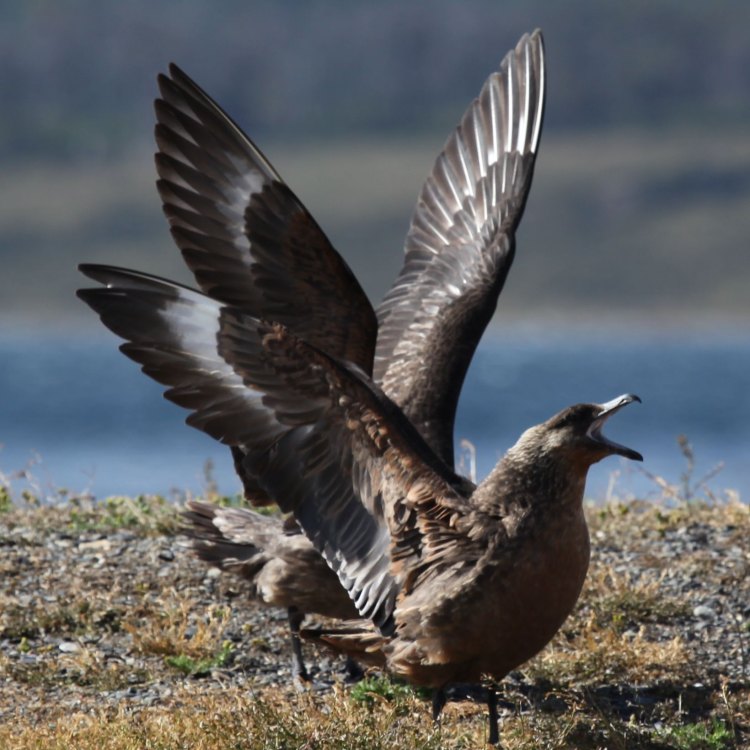
Skua
- Adult Size: Varies depending on species
- Average Lifespan: 10-25 years
- Reproduction: Monogamous, sexually mature at 3-5 years old
- Reproductive Behavior: Nest on the ground, lay 1-3 eggs
- Sound or Call: Varies depending on species
- Migration Pattern: Some species migrate, others are non-migratory
- Social Groups: Solitary or colonial
- Behavior: Aggressive, opportunistic, steals food from other birds
- Threats: Habitat loss, climate change, pollution
- Conservation Status: Varies depending on species
- Impact on Ecosystem: Maintains balance in marine ecosystems
- Human Use: Occasionally hunted for food and feathers
- Distinctive Features: Sharp hooked beak, strong wings, dark plumage
- Interesting Facts: Known for their aerial acrobatics and aggressive behavior
- Predator: Varies depending on species
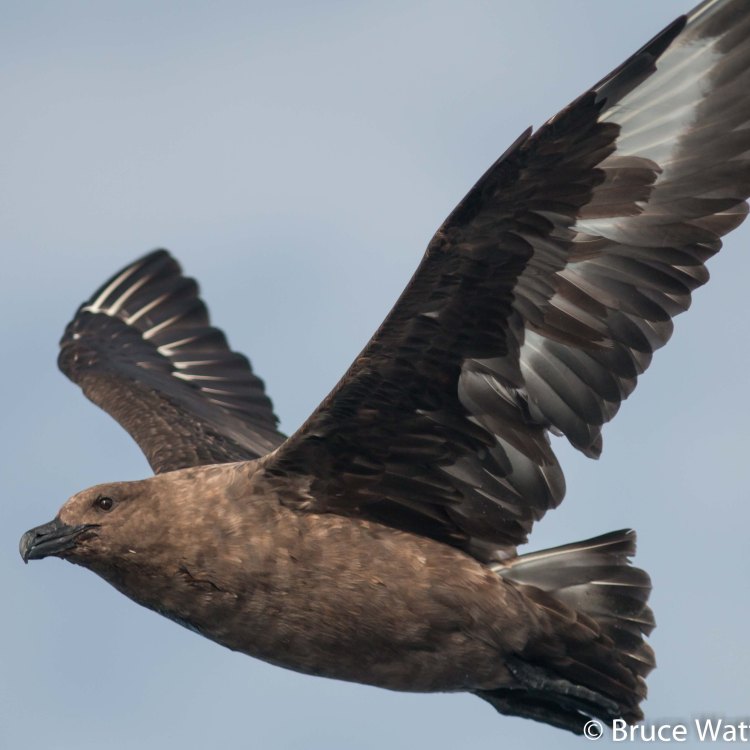
Stercorarius
Explore the Mysterious World of Skuas: The Aggressive Opportunists of the Bird Kingdom
Imagine soaring high above the icy waters of the Arctic, with winds whipping through your strong wings, and sharp eyes on the lookout for prey. Suddenly, a dark, aggressive bird swoops in, stealing your hard-earned meal right out of your talons. You have just been outsmarted by one of the most fascinating and unique birds in the world - the Skua.With their sleek, dark plumage, sharp hooked beak, and powerful wings, skuas are a sight to behold PeaceOfAnimals.Com. They are found in various parts of the world, from the Arctic to the Antarctic, and have adapted to thrive in some of the harshest environments on Earth. In this article, we will take a closer look at the Skua and discover what makes them such remarkable creatures.
A Diverse Species with Varying Sizes and Characteristics
One of the most intriguing things about the Skua is its incredible diversity. There are seven recognized species of skuas, each with its unique characteristics, habitats, and behaviors. The adult size of a Skua can vary significantly, from as small as 12 inches to as large as 26 inches, depending on the species.One of the most widespread species is the Brown Skua, found in the Antarctic and sub-Antarctic regions. It is the largest of all the skuas and can weigh up to 5 pounds. On the other hand, the Arctic Skua, found in the Arctic and sub-Arctic regions, is much smaller, weighing only around 1.5 pounds Schneagle.
A Lifespan of 10-25 Years
The average lifespan of a Skua can vary from 10 to 25 years, depending on the species and its environment. Brown Skuas, with their larger size and dominant nature, have a longer lifespan compared to other species such as the Long-tailed Skua.They also have a longer lifespan in the wild, where they can thrive and reproduce without any human interference. Unfortunately, human activities such as habitat loss, pollution, and climate change have affected the longevity of skuas in recent years.
Monogamous and Sexually Mature at 3-5 Years Old
Skuas are monogamous birds, meaning they mate for life. Once they find a suitable partner, they will often return to the same breeding ground year after year. These breeding pairs are known to engage in courtship behaviors, which are crucial in establishing and maintaining the bond between them.Skuas reach sexual maturity at around 3-5 years old, after which they will start nesting and reproducing. With their long lifespan, they can produce numerous offspring throughout their lifetime.
Nesting on the Ground and Laying 1-3 Eggs
Unlike many other bird species, skuas do not build nests in trees or cliffs. Instead, they nest on the ground, often on rocky areas or on top of the cliffs. This unique behavior is a result of their habitat, which is often barren or rocky, with little vegetation to support tree nests.Female skuas lay 1-3 eggs per breeding season, depending on the availability of food and resources. Both parents take turns to incubate the eggs for 4-5 weeks until they hatch. After hatching, the young skuas will stay in the nest for another 5-6 weeks, under the care of their parents, before they take their first flight.
Various Sounds and Calls
Skuas are known for their various sounds and calls, each with its unique purpose and meaning. They have a repertoire of calls, from loud croaks to high-pitched shrieks, which they use to communicate with other skuas in their territory.They also use vocalizations to establish their dominance or to attract a mate during the breeding season. These vocalizations are often accompanied by body postures such as aggressive wing flapping and chasing, which can be quite intimidating.
Migratory vs. Non-migratory Patterns
Skuas, being opportunistic birds, have adapted to different environments and therefore have varying migratory patterns. Some species, such as the Long-tailed Skua, are highly migratory, traveling long distances to reach their breeding grounds. Others, like the Brown Skua, are non-migratory, remaining in their breeding grounds throughout the year.The migratory behavior of skuas is often dependent on the availability of food and resources in their environment. During the winter months, when food is scarce, skuas will migrate to more favorable areas in search of food.
Solitary or Colonial Social Groups
Skuas can be both solitary or colonial, depending on the species and their environment. Some species, especially those living in the Arctic regions, are known to form large colonies of up to thousands of individuals. These colonies provide a source of protection, especially during the breeding season, where skuas can defend their territories and offspring more effectively.On the other hand, other species, such as the Great Skua, are often found solitary, except during the breeding season when they form pairs with their mates. These solitary skuas are more dominant and territorial, often engaging in aggressive behaviors to defend their food and nesting sites.
Aggressive and Opportunistic Behavior
Skuas are infamous for their aggressive and opportunistic behavior, earning them the nickname "pirates of the bird world." They are known to engage in kleptoparasitism, where they steal food from other birds, often swooping in quickly and snatching prey from their talons.This behavior has also been observed in skuas attacking and harassing other birds, forcing them to drop their prey. They have been known to target penguins, gulls, and even larger birds such as albatrosses. Their aggressive nature and opportunistic behavior have made them a formidable predator in the bird kingdom.
Threats to the Skua Population
Like many other species, skuas are facing numerous threats to their population, primarily due to human activities and climate change. One of the greatest threats to skuas is habitat loss, as their breeding grounds and food sources are being destroyed by human development.Pollution, mainly in the form of plastic and chemical waste, is also a significant threat to skuas. These birds often mistake plastic debris for food, which can lead to ingestion and death. Climate change is causing the destruction of their habitats, affecting their breeding and migration patterns, and ultimately, their survival.
Varied Conservation Status
The conservation status of skuas varies depending on the species. For instance, the Great Skua is listed as a species of "Least Concern" on the IUCN Red List, while the South Polar Skua is listed as "Near Threatened." The majority of skuas are not considered endangered, but their population is declining due to the threats mentioned above.Efforts are being made to protect and conserve skuas, including establishing protected areas and educating the public about the importance of these birds in maintaining the balance of marine ecosystems.
The Crucial Role of Skuas in Maintaining Ecosystem Balance
Despite their aggressive and opportunistic behavior, skuas play a crucial role in maintaining the balance of marine ecosystems. As predators, they help control the population of various prey species, preventing overgrazing and depletion of resources.They also contribute to nutrient cycling by scavenging on free-floating debris in the oceans, controlling pollution levels. Overall, skuas are vital in maintaining the health and resilience of marine ecosystems.
Occasional Use by Humans
Throughout history, humans have occasionally used skuas for various purposes. Some indigenous tribes have hunted skuas for their feathers, which were used for decorative purposes. Some people also collect Skua eggs for food, which is considered a delicacy in some cultures.However, with increasing conservation efforts and a better understanding of the ecological importance of skuas, human use of these birds has reduced significantly.
Distinctive Features and Interesting Facts
One cannot talk about skuas without mentioning their distinctive features and interesting facts. The most obvious characteristic of skuas is their sharp hooked beak, which is perfect for tearing apart prey.They also have strong wings, which enable them to fly long distances and perform impressive aerial acrobatics. In addition, their dark plumage is highly adaptive to their environment, providing camouflage and protection against predators.
One of the most interesting things about skuas is their aggressive and opportunistic nature. They have been observed engaging in fascinating behaviors, such as mimicking injured birds to attract predators away from their nests.
Predators of Skuas
As with most species, skuas also have natural predators that pose a threat to their survival. Depending on the region and habitat, skuas face different predators, such as large gulls, Arctic Foxes, and Polar Bears. Skuas also face predation from other birds, such as eagles and falcons.Intriguing Mysteries of the Skua
While we now know a lot about skuas, there are still many mysteries surrounding these birds that have yet to be solved. For instance, it is still unknown how skuas navigate long distances during their migrations, and how they recognize their breeding partners year after year.With ongoing research and more advanced technology, scientists hope to unravel the remaining mysteries of these fascinating birds and further understand their ecological importance.
In Conclusion
In conclusion
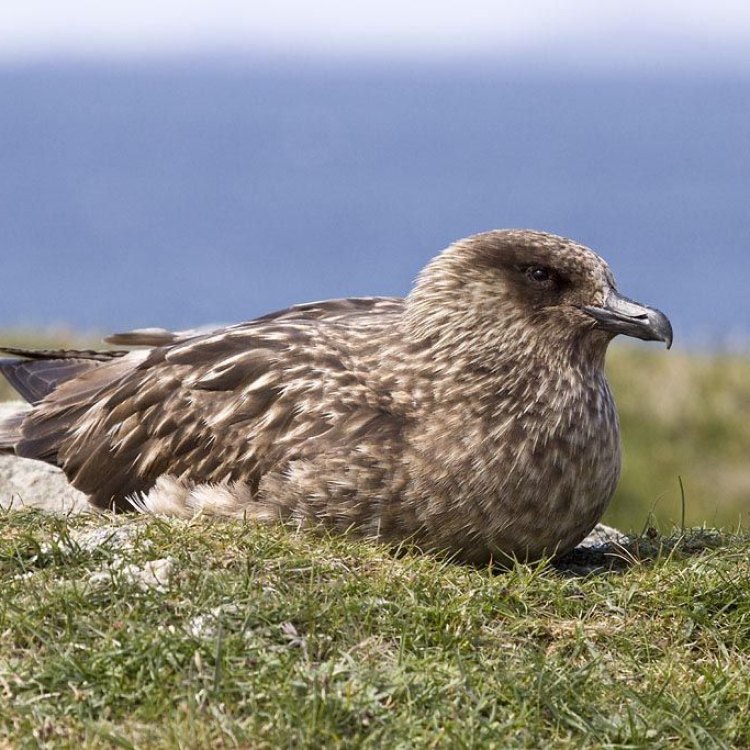
The Fierce and Fearless Skua: A Master of the Arctic and Antarctic Oceans
Disclaimer: The content provided is for informational purposes only. We cannot guarantee the accuracy of the information on this page 100%. All information provided here may change without prior notice.


